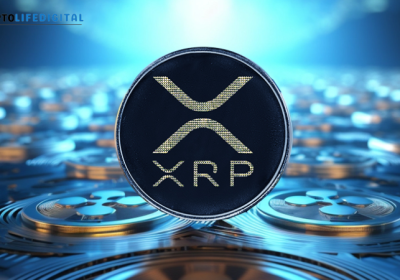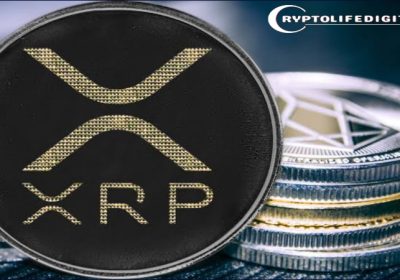Cardano’s Development Surge Signals a New Era of Scalability and Governance

Cardano is rapidly advancing its position as one of the most actively developed blockchains in the world, climbing to 4th place in global GitHub rankings for developer activity. This milestone comes as the ecosystem prepares for the highly anticipated Ouroboros Leios upgrade in Q4 2025—an upgrade designed to massively enhance scalability without compromising decentralization. Supported by a $71 million community-approved treasury allocation, Cardano’s development efforts are centered around two transformative projects: Hydra and Project Acropolis.
Read Also: Cardano’s Midnight Sidechain Enters Scavenger Mine Phase to Advance Privacy in DeFi
Strong Developer Momentum and Ecosystem Growth
GitHub metrics remain a reliable barometer of blockchain health, reflecting genuine innovation rather than market speculation. In October 2025, Cardano recorded over 16,800 commits across 550 repositories, with 71 active contributors logging 322 commits in just one week. This consistent progress demonstrates Cardano’s sustained technical evolution despite market volatility. The platform now maintains more than 4,200 public repositories, ranking just behind DFinity, Hedera, and Chainlink, and ahead of Ethereum in recent development activity. Such robust engagement showcases the Cardano community’s long-term focus on research-driven upgrades rather than short-term hype.
Ouroboros Leios: The Engine of Scalability
At the center of Cardano’s next leap forward is the Ouroboros Leios upgrade, an advanced evolution of its proof-of-stake consensus. Leios introduces a parallel blockchain architecture that separates transaction input, validation, and ranking into distinct block types—dramatically improving efficiency. Early simulations suggest throughput gains of up to 65 times current levels, potentially reaching 11,000 transactions per second. A recent stress test in mid-2025 achieved 1,000 TPS for non-smart-contract transactions, affirming the scalability potential. Unlike many high-speed chains that sacrifice decentralization, Cardano’s Leios upgrade retains accessibility for regular stake pool operators with minimal hardware requirements.
Read Also: Hydra Launch on Cardano Marks a New Era of Speed, Scalability, and Global Adoption
$71 Million Treasury Funding to Accelerate Hydra and Acropolis
Backing this surge in innovation is a landmark $71 million treasury fund (96.8 million ADA), approved by 74% of Cardano community voters in August 2025. The funding is directed toward scaling initiatives, particularly Hydra—a Layer-2 protocol enabling over one million transactions per second through off-chain processing—and Project Acropolis, which focuses on modular node architecture for streamlined development. Both projects are overseen by Intersect with full transparency, monthly audits, and milestone-based fund releases, marking a new era of decentralized governance under Cardano’s Voltaire framework.
A Scalable, Decentralized Future Ahead
With Leios, Hydra, and Acropolis advancing in unison, Cardano is positioning itself to rival high-performance networks like Solana and Avalanche—while maintaining unmatched decentralization and security. As these initiatives unfold, analysts predict Cardano’s total value locked could surpass $270 million by year-end, cementing its reputation as a blockchain built for long-term growth, sustainability, and real-world adoption.
Follow us on Facebook, Telegram, and Google News.

Dr. Olajide Samuel juggles the demands of medical studies with a passion for cryptocurrency. A seasoned blogger, Olajide shares his vast global knowledge of the crypto space, offering insights to enthusiasts. Despite his busy schedule, his commitment to crypto remains strong, and he actively seeks ways to contribute to its future.










